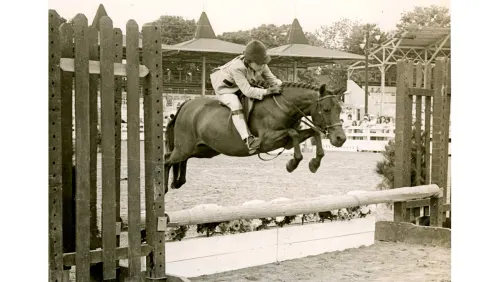Thirty-three rule change proposals—six fewer than last year—are up for discussion during the upcoming U.S. Hunter Jumper Association Annual Meeting, which takes place Dec. 4-7 in Concord, North Carolina.
Rule change proposals that are approved by the USHJA board of directors will go to the U.S. Equestrian Federation, where they must be voted on by the USEF board of directors before being enacted.
USHJA members can weigh in on any of the proposals during the online comment period, which is open now and continues through Oct. 31. Members who don’t get their opinions submitted by then can still chime in during the annual meeting.
All rule change proposals are listed on the USHJA website numerically by three-digit tracking number and include links to view or comment. Use the tracking number, listed in parentheses at the end of each description below, to find details of a specific proposal on the website.
Here’s a look at each of the rule changes being proposed at this year’s meeting, by topic area.
Officiating
• Clarifying that only video footage from a show’s official videographer can be used to aid in making decisions.
“While some breeds and disciplines permit the use of video footage to aid in the making of decisions, the federation’s general rules are silent on the issue. With the addition of this definition, the use of video footage will be clarified and the integrity of the use of footage will be preserved by limiting the use to only official video footage,” states the proposal’s intent. (028)
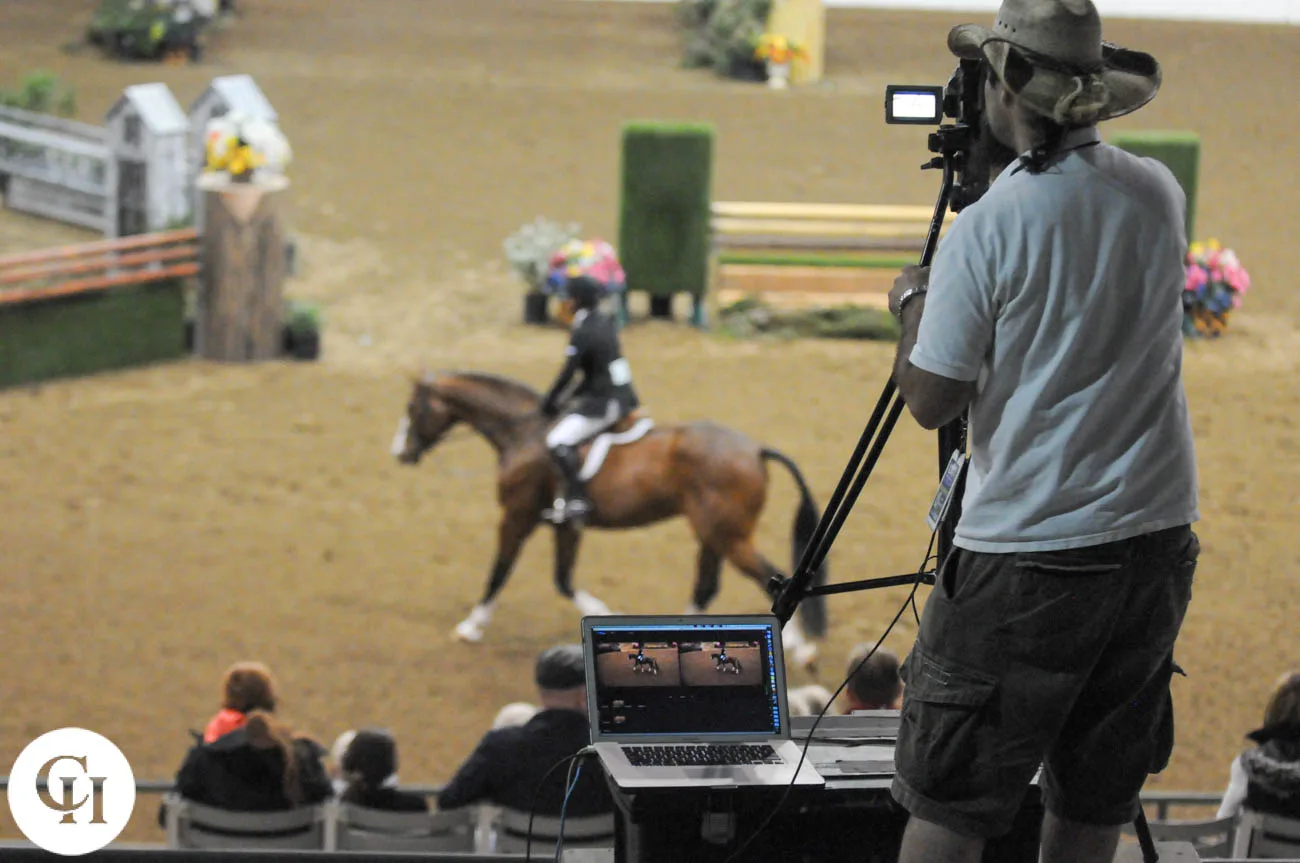
• Clarifying the parameters by which it’s appropriate to arrange an appointment for a competitor to meet with judges. (001)
• Clarifying that hunter judges may officiate back-to-back weeks within a 125-mile radius so long as they do not officiate the same section at the same rating. (002)
• Requiring dedicated schooling supervisors or stewards only for hunter classes of $10,000 or more. Two similar rule change proposals were put forward on this topic, one by the USHJA Stewards Committee (009) and one by the USHJA Hunter Working Group (010). Both rules seek to get rid of the requirement that USHJA national hunter derbies that award less than $10,000 need a dedicated schooling supervisor or steward in the warm-up area.
The Stewards Committee version states that “[rule number] 5.b requires a C1 Steward or [certified schooling supervisor] for any hunter class offering $10,000 or more in prize money, capturing USHJA international derby classes.”
The intent of the Hunter Working Group rule “is to correct the rule to only require schooling supervision for USHJA National Hunter Derby classes that offer $10,000 or more in prize money.”
• Updating the guest card restrictions to allow all types of hunter judges, not just ‘R’-rated judges, to officiate Welsh pony hunter and Welsh pleasure classes without a guest card. Welsh Pony and Cob Society of America-approved Welsh judges can officiate the Welsh division with a guest card. (019)
Hunters
• Changing the number of refusals that constitute elimination at the USHJA International Hunter Derby Championship to two. While riders in hunter classes are generally eliminated after three refusals, two other national championships, USEF Pony Finals (Kentucky) and USEF Junior Hunter Finals, already have a rule stating that riders will be eliminated with two refusals. (006)
• Changing the specifications for hunter classics to state that the second round of two-round classes must have at least eight obstacles (the current rule says 10). It also specifies that standalone classics must have 10 obstacles and the final obstacle on course must be an oxer. (008)
• Allowing mules to show in hunter and equitation. (020)
Ponies
• Allowing an “appropriately sized adult” to show a pony at the same show where juniors show that pony. Currently a pony may not be shown by both a junior and adult at the same show, even if the adult shows it after the junior, though adults may currently ride ponies in a schooling area at a horse show.
This rule was proposed by the USHJA board of directors.
USHJA Pony Task Force chair Robin Greenwood explained the complexities of this rule change proposal. She pointed out that the pony divisions are the only divisions at a show where animals can’t be shown by a professional at the same horse show. She said that ponies are being ridden by the youngest exhibitors and in many ways have the most need for help from professionals.
On the other hand, Greenwood said the issue raises horse welfare concerns: Who decides what constitutes an “appropriately sized adult”? Also, ponies tend to show in more classes over fewer days than junior or amateur-owner hunters, for example. While junior or amateur-owner hunters may show in a professional division earlier in the week, they generally aren’t also showing in equitation classes and derbies at the same show.
“Ponies have four classes over fences, and the [WIHS Pony Medal], the [USEF Pony Medal] and, depending where they are, an association medal,” said Greenwood. “They’ll often also do the schooling pony [division], and now we’re talking about having an adult show the pony earlier in the week. From a horse welfare point of view, there are a lot of issues at play.” (003)
• Allowing ponies to be prepared the same way as horses shown by junior riders.
This rule change proposal, put forth by New York-based professional Jennifer Duncan, has the same intent as the above change—to allow adults to show ponies—but addresses the change through modifying a different rule.
“The current rule makes bringing along young ponies inaccessible and leads to many ponies learning unsafe habits that are dangerous to our riders and unhealthy for our ponies,” Duncan wrote to explain the intent of her proposal. “The expectation that young ponies become happy, healthy schoolmasters being trained primarily, if not solely by children (who do not have the confidence, experience, and consistency of a professional rider) seems unreasonable and unsafe.”
“Moreover this means that breeders/trainers of ponies can anticipate a much longer time before their ponies will be ready for resale and/or are able to start paying for their upkeep,” the explanation continued. “This discourages professionals from bringing along young ponies as they either need vast funds and time or that rare junior rider that rides at a professional level.” (033)
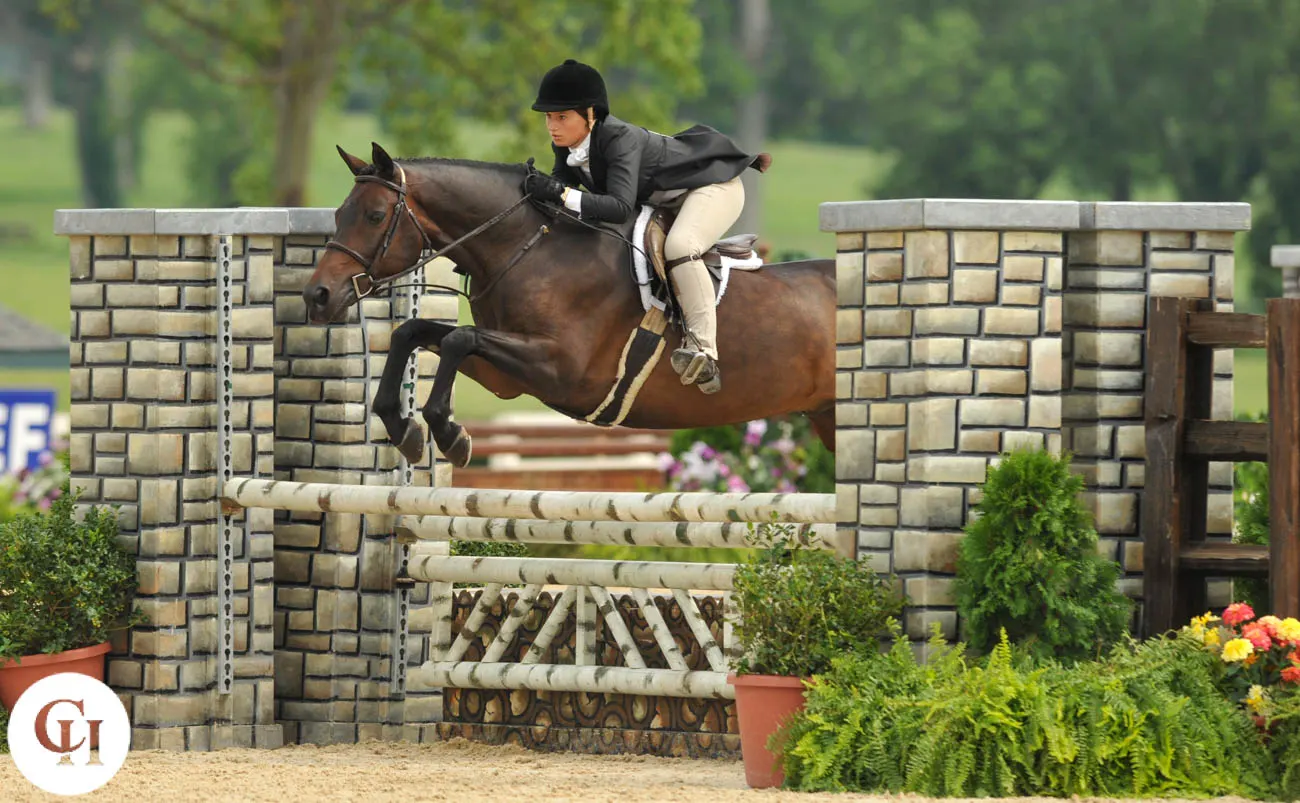
• Allowing ponies to have a second green year.
Greenwood said this rule, proposed by the Pony Hunter Task Force, would help the green pony division and help the development of green ponies. She sees the counterpoint as well.
“The downside is that people who have green ponies in their first year will be competing in the same class as those who are in their second year; it won’t be split by year,” she said.
Another downside could relate to overshowing. Greenwood said that a lot of green ponies do the green division and the regular division, which are generally held the same days, so this rule would offer two years of the ponies doing two divisions over two days, in addition to any warm-up and classic rounds.
ADVERTISEMENT
“It also speaks to an argument against having professionals show [them] as well, because which ones are they going to show the most? The green ones,” she said.
She also said that the task force would support only letting ponies show at USEF Pony Finals in the green pony hunters one time. (007)
• Allowing unmeasured animals to compete in classes that have historically required measurement in “USEF Lite” competitions.
This proposal, put forth by USEF CEO Bill Moroney, stems from a shortage of qualified stewards and technical delegates. The federation therefore allows applicant stewards and TDs to officiate at USEF Lite competitions, who may not have the skills to perform measurements.
“Since performing federation measurements takes specialized training and additional certification (even for already licensed Steward and TDs), it would not be prudent to mandate the requirement for measurement cards at USEF Lite competitions for those classes limited by size of horse or pony. Many participants at USEF Lite competitions are not interested in using the competitions for purposes of earning points or qualification, but even if they are using USEF Lite competitions for eligibility for a USEF licensed championship or final, they would have to have possession of a valid Federation measurement card in order to be able to enter and compete at said championship or final, so those individuals will still have to be compliant with the measurement rules,” states the rule’s intent. (022)
Veterinary
• Requiring competitors to comply with disease prevention biosecurity measures imposed by the federation, competition management and state or federal animal health officials. (023)
• Requiring competition management to comply with applicable state and federal animal health requirements in effect. (024)
• Mandating reporting of febrile horses (i.e. horses with a temperature over 101.5 degrees) to competition management or the official/competition veterinarian. (025)
• Creating a separate rule containing all the requirements for an isolation plan in case a sick horse needs to be isolated. There’s already a rule in place requiring shows to have an isolation plan prior to the start of a competition, this proposal consolidates that information into one place and provides a formulaic approach to structuring an isolation stabling plan. (026)
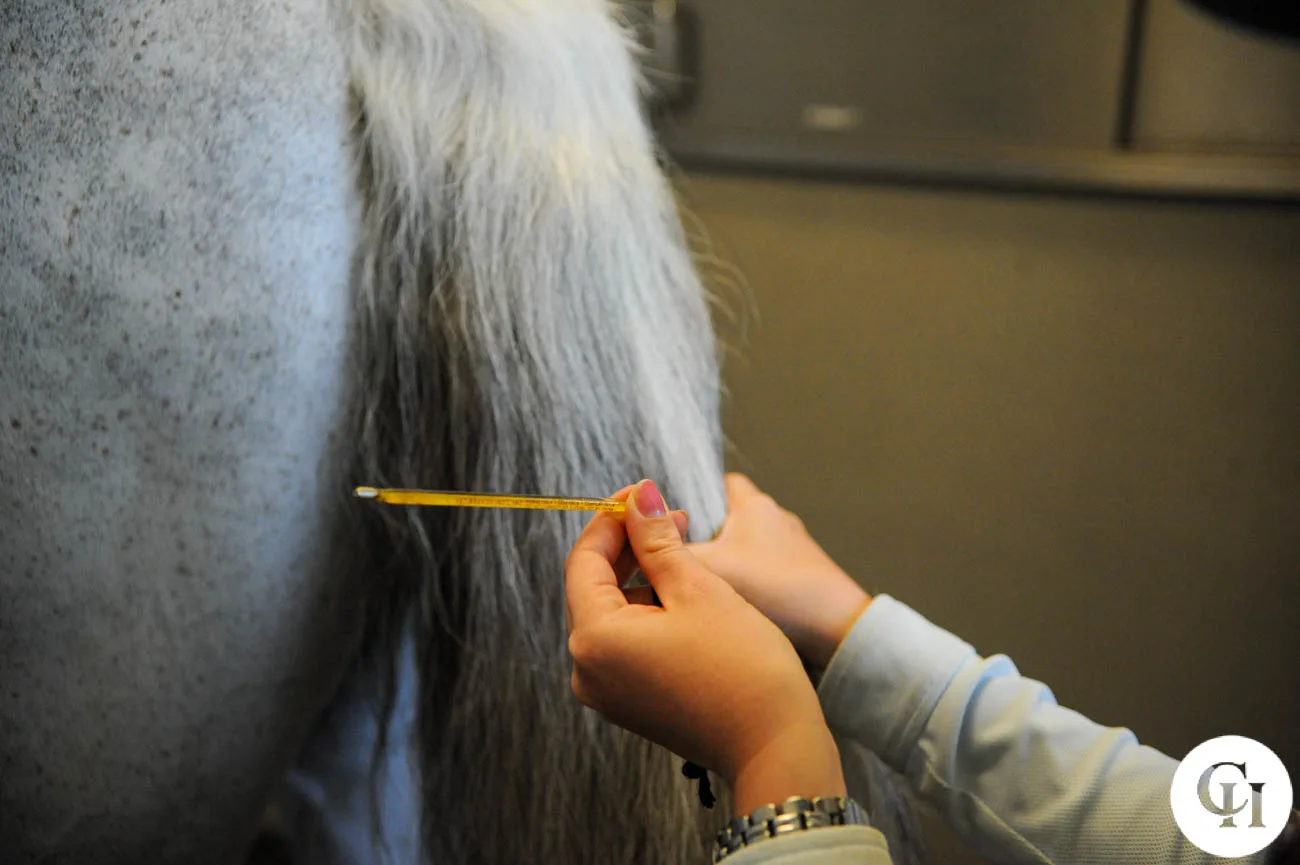
• Requiring temperatures to be taken on each horse on the showgrounds twice a day.
Members pointed out that the rule needs to clarify what twice a day means and enforcement.
“As written I could temp the horse at 5 a.m. and 5:30 a.m. and have completed my two daily checks,” wrote one member. (031)
• Requiring all drug and medication forms be submitted electronically. (032)
Horse Welfare
• Creating a rule that would prohibit exhibitors from competing in nine or more over fences classes (including hunter, jumper and equitation) in one day.
Throughout this year’s USHJA Town Hall series, participants regularly discussed the question of overshowing. USHJA President Mary Knowlton asked questions like, how many classes constitutes too many? Does it matter if the classes are over crossrails or 3’6” fences?
While some member comments support the proposal, some feel nine is too many, that sometimes show schedules consolidated classes available to, say, adult amateurs all on the same day and that it’s unclear whose job it is to enforce the rule. Others felt this hurts grassroots programs.
“As someone who owns a small program this makes it difficult when multiple children are sharing the same horse in a single show over low fences when that same horse may normally jump more often than that at home in a regular lesson day,” wrote one member. (004)
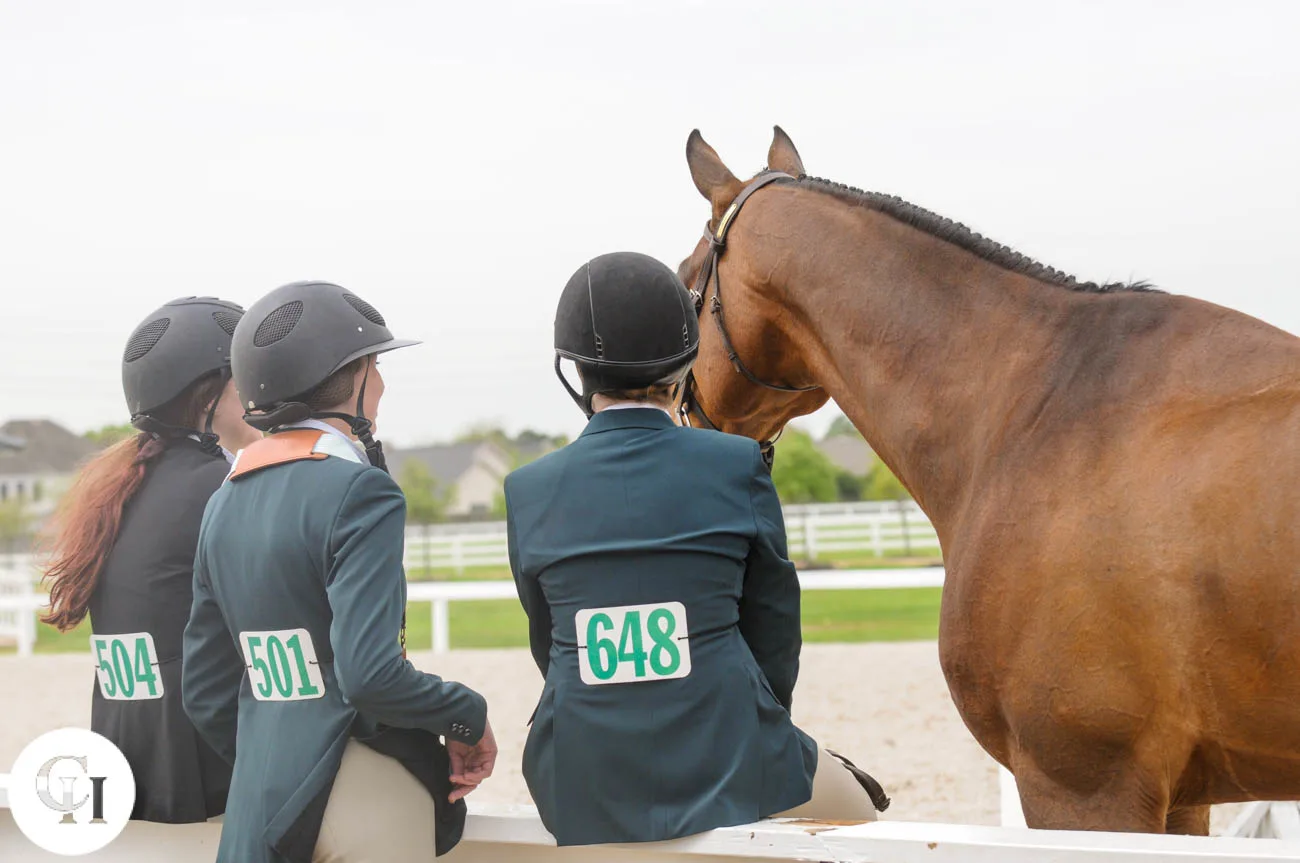
• Giving the USEF jurisdiction over members’ conduct relating to cruelty or abuse that happens outside of a competition.
“Ensuring jurisdiction in this context aids in protecting the social license to operate and … supports USEF’s no tolerance of equine cruelty or abuse by its member,” states the rule’s intent.
The comments tend to agree with the concept of the rule, though some expressed concerns about enforceability and the possibility of misusing the rule as a means of retaliation.
“How will you enforce abuse or cruelty that occurs away from a licensed competition? Does USEF have the legal authority to do that? Forever?” wrote member. (030)
Points/administrative
• Making USHJA National Hunter Derby points count toward both national and zone rankings for a competitor’s declared section. (005)
• Requiring members to use online applications rather than paper ones.
The comments are split between those who agree and disagree, with dissenters pointing out that riders trying to join the federation at a horse show may not have enough cell signal or strong enough internet service to do so. (021)
• Requiring that individuals doing business with the federation, either as a licensed competition licensee or signatories of farms, must be senior active members of the USEF. (027)
• Reworking the nomenclature in Chapter 3 of the USEF Rulebook.
“In an effort to provide clear processes and timelines, this rule change makes consistent the terms used throughout the chapter, adds definitions to commonly used terms, and updates written procedures to better align with practices,” states the rule’s intent. (029)
Jumpers
• Prohibiting the use of draw reins and German martingales from being used in any class. (They are currently allowed to be used in classes without prize money at 1.20-meters or below.) (011)
ADVERTISEMENT
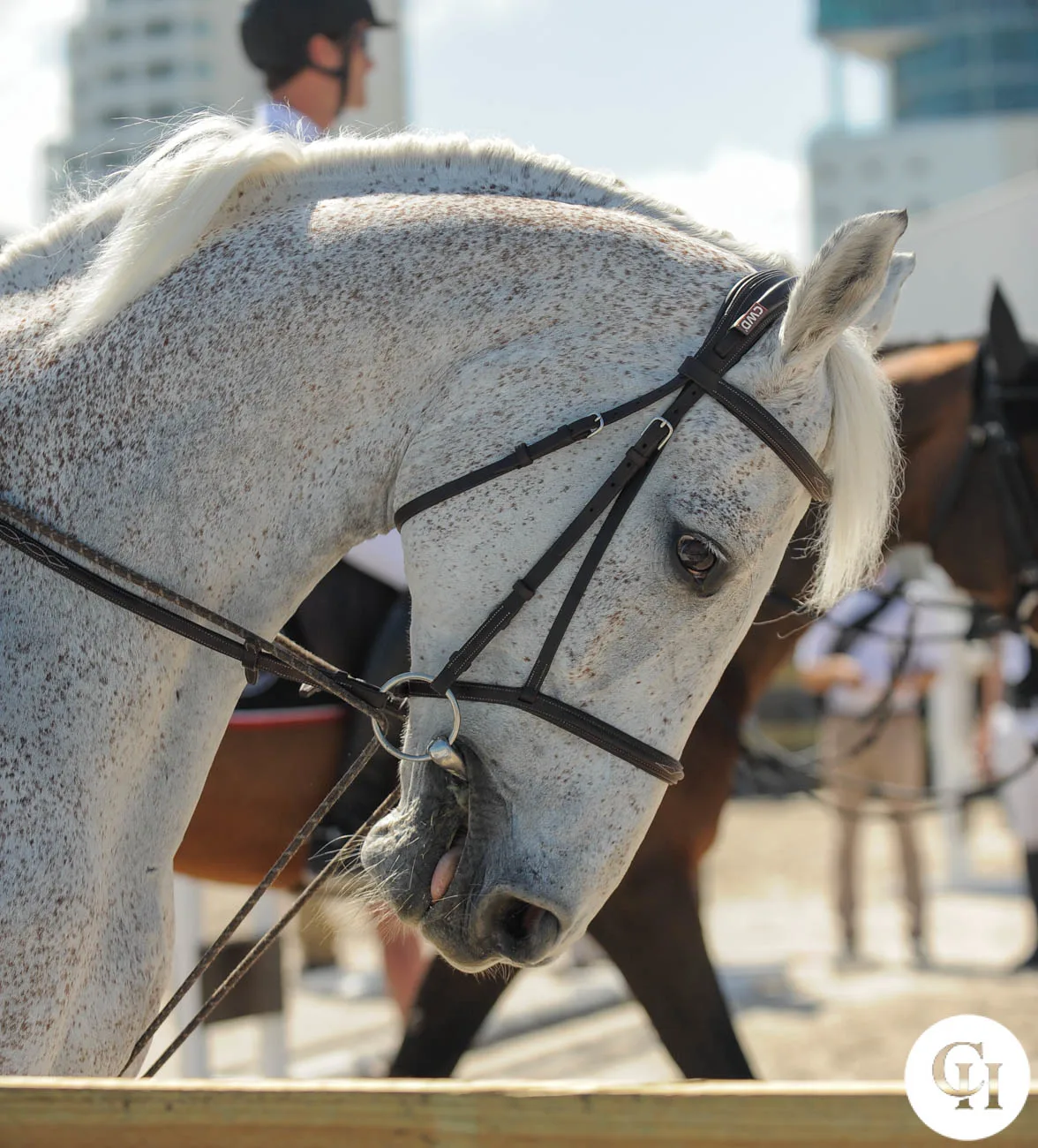
• Prohibiting the use of hooded blinkers, sunglasses, fly masks, goggles, et cetera, that cover the horse’s eyes in competition. It also states that blinkers or cheek pieces attached to the bridle may not exceed 2 inches.
The Jumper Rules Working Group proposed this change, stating that this is a “safety issue when the horse has obstructed vision while jumping.” So far all the comments have disagreed with the rule, with members chiming in with concerns that the health of the animal may require shading.
“I agree that narrowing the field of the [horse’s] vision can have a negative effect on horse and rider safety, but there are some horses with uveitis that require shading their eyes to remain healthy and be able to work and have a purpose. This rule would either force those horses who are otherwise sound to not compete or compete in a manner that was detrimental to their health. Potentially devices that shade but do not obstruct the field of vision should be excluded from this rule,” wrote one member. (012)
• Designating that jumper classes restricted to amateurs, juniors or ponies as well as opportunity classes set at 0.95-meters or below be required to use clear round (Table II) or optimum time (Table IV).
This rule, proposed by the Zone 10 Committee, has a slew of comments, with many saying the limit of 0.95-meters is too high.
“Opposed!” wrote one member. “Removing the jump off option gives no room to practice for the higher levels. Which is the whole purpose of having the lower heights be aligned with the same format of the higher heights. To practice!”
“There are already rules in place to discourage dangerous riding,” wrote another. “Judges and stewards can excuse riders from classes for doing so. Maybe rules should be enforced rather than writing new rules. Or [let’s] start holding the trainers accountable?” (013)
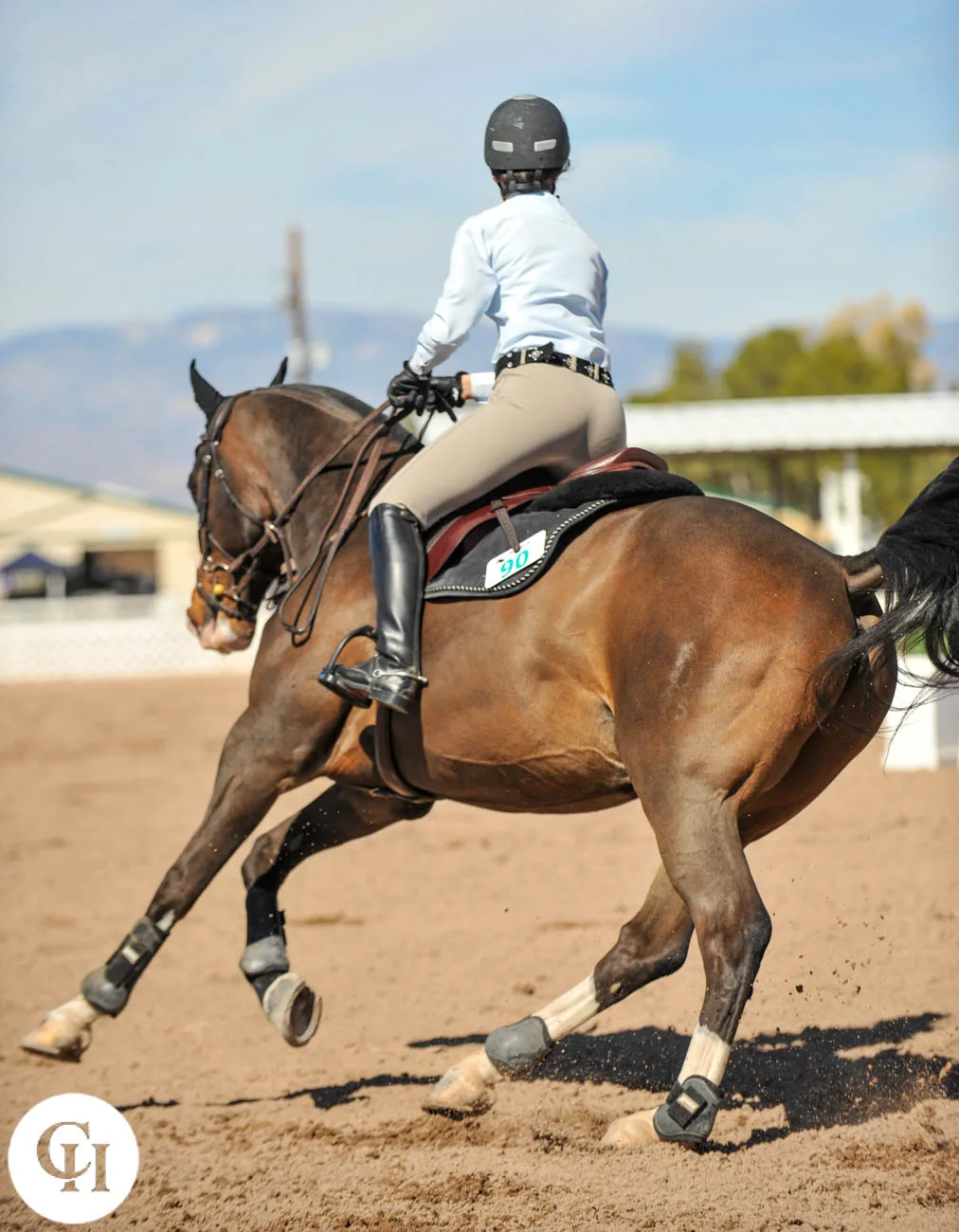
• Prohibiting jumper classes restricted to juniors and/or amateurs held at 0.95-meters and below from being scored under Table II, Sect. 1 (time first round) or Table III (faults converted into seconds) classes—both types of speed classes. It also eliminates combinations at the same level.
“This is an effort to promote safe riding for beginning and developing lower-level jumper riders by removing speed classes at this level,” the Jumper Rules Working Group wrote the rule change proposal’s intent. “Additionally, removing combinations from the course will be safer when these lesser experienced levels are proceeding on the course in an unsafe manner.”
The member comments for this rule change range from supporting the rule change if it only applied to lower levels (0.85 or 0.90 meters seem to be the popular suggestions.) But there are detractors too.
“Eliminating combinations at lower heights would leave riders unprepared when they go to move up,” wrote one member. “It would not make jumpers safer, it would only shift the danger to a higher and less forgiving height. Riders could then be walking into the ring at 1.10-meters or 1.20-meters having never competed over a combination.” (014)
Making Over The Sport
Woodbine, Maryland-based equestrian Brian Wee proposed a series of rule changes that would radically alter the way the business of horse shows operate. You can read a two-part series from Wee that details the thoughts behind his proposals here and here.
• Eliminating the mileage rule.
“USEF will not approve or disapprove of competitions based on mileage from a different competition. If the proposed competition is to occur on a date already held by another management company or individual within a 100-mile radius, USEF may suggest an alternate date to the organizer, but will not disapprove the competition,” he stated of the proposal’s intent.
Eradicating GR 314, the so-called “mileage rule”—which dictates that shows of the same level held on the same date be held a certain mileage away from each other—isn’t a new idea. Many consider the 1975 rule outdated, but others think it has a place. Comments on this proposal tend to agree with the concept of eliminating the rule.
“Great proposal,” wrote one member. “[The] mileage rule needs to go away. Quit protecting poor quality shows that aren’t well attended when there are opportunities for better shows within the current mileage. The better shows will attract the exhibitors.” (015)
• Eliminating competition classifications.
“The USEF will no longer classify its hunter/jumper and equitation competitions. All recognized shows will follow the same guidelines regarding safety, efficiency and financial responsibility. All recognized classes will have the same potential to earn the rider points toward annual awards (classes may still be split, and have different point values depending on the number of riders in the class, or following a rating system like the USEF Talent Search Medal),” Wee wrote.
In his piece for the Chronicle Wee argued that a national governing body shouldn’t rate horse shows according to amenities.
“A national governing body should care about only two things when evaluating a facility: Is it safe, and are the courses set to the regulations and specs for the division?” he wrote.
“If so, you get the stamp of approval, and you run as a USEF-recognized horse show, and the points will be the same as any other facility that is determined to be safe and up to the division specs. No A, B or C grading, no “premier” title—a system that’s as confusing as it is unfair. You’re either safe to run as a USEF horse show or you’re not, and we’re not going to waste time and resources reviewing whether or not you had a hot food vendor, and award more points to riders if you did,” he continued. (016)
• Abolishing USEF and USHJA National and Zone Horse of the Year awards.
“The USEF shall not promote or give any annual awards for any of the disciplines or breeds it recognizes,” states the rule’s intent. “Affiliates will be solely responsible for tracking points/ money. Allow USEF to focus on horse welfare, social license to operate horse shows, and governing. Allow affiliates (USHJA, [U.S. Dressage Federation], etc.) to be responsible for awards. Horse of the Year awards encourages overuse of the horse and is often a competition based on who can spend the most money going to the most shows throughout the year rather than quality.”
Comments for this proposal vary from supportive to dismissive.
“I do not believe that stopping offering awards (to a competitor audience that already feels generally unrewarded by its governing bodies) will accomplish the goal of preventing overuse of horses. I agree with the other commentors that there might be other ways to address this, like limiting the number of shows that count toward year end awards (e.g., 12),” wrote one member in the comments section. “I think it will be interpreted negatively if you simply remove awards (aka adding to the consternation that already exists re: fees).”
Wee argues that head-to-head competition should be more important than cumulative awards.
“The USEF Horse of the Year awards don’t reward great riding and horse management throughout the year, and they don’t crown a winner of an exciting national competition,” wrote Wee for the Chronicle. “They reward the wealthiest riders who can manage to keep a horse sound while crisscrossing the country showing most every week of the year and chasing points at the most expensive competitions. Where is the horsemanship in that? Where is the sport?
“Instead of setting up a year-end awards system—in which it’s impossible for a competitor of average means to win anything—that showers the rich with coolers and big ribbons at a banquet in some hotel ballroom, why not flip it around? Why not set up a championship system that is an exciting, head-to-head format like the equitation championships?” he added. (017)
• Dismantling the current amateur rule and creating a new one based on a rider’s ability and show record, rather than how a person’s income is generated.
This proposal by Wee generated a flurry of comments, largely disagreeing with the concept.
“Strongly strongly opposed,” wrote one member. “While the amateur rule is complicated and may benefit from more flexibility around types of income, the intent is important. Additionally this proposal lacks a reasonable alternative, and the vague alternative suggested will ultimately limit riders’ ability to compete without an extensive show record. The purpose of amateur classes is to expand ability to compete, while this rule seeks to limit those opportunities.” (018)









